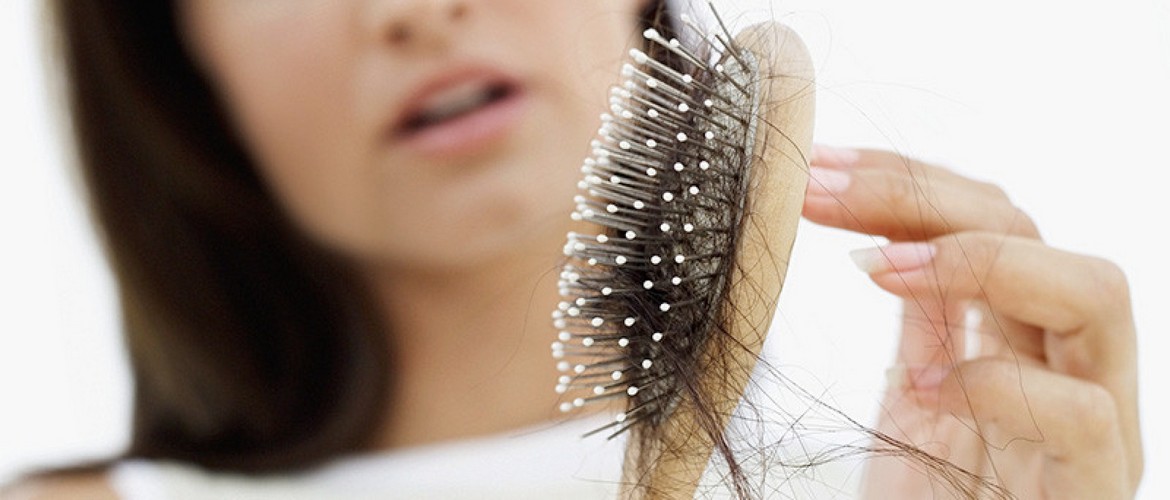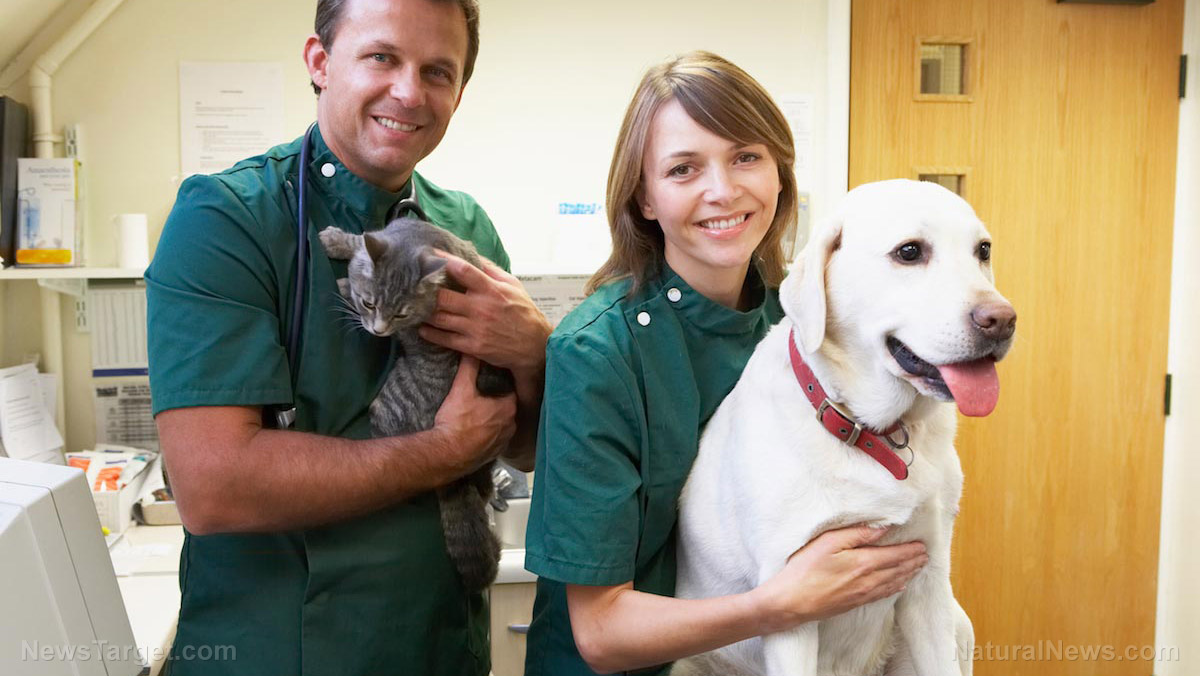 Parler
Parler Gab
Gab
- A natural sweetener could unlock a more effective hair loss treatment.
- Researchers created a dissolving microneedle patch using stevia to deliver minoxidil.
- This new method dramatically improved drug delivery and skin retention in tests.
- Mouse studies showed far superior hair regrowth compared to standard minoxidil solutions.
- This early research offers a promising future for more natural and efficient therapies.
A sweet solution to a stubborn problem
The researchers then took this super-solubilized mixture and fabricated it into an array of tiny, dissolvable microneedles. Each needle is barely longer than half a millimeter. This patch is designed to painlessly pierce the outermost layer of the skin, creating microscopic channels that deliver the drug payload directly to the deeper layers where hair follicles reside. Once inserted, the needles dissolve completely, releasing the medication over time. In laboratory tests, the patch's superiority was clear. Using pig ear skin, which closely mimics human skin, the stevioside microneedle patches delivered about 85 percent of their drug into or through the skin within 24 hours. More importantly, roughly 18 percent of the minoxidil was retained in the skin tissue where it is needed. A traditional minoxidil solution achieved only 68 percent penetration and left just 8 percent in the skin. The true test came in mouse studies. Scientists created a model of androgenetic alopecia, the most common form of hair loss, by injecting the mice with testosterone. The results were striking. Mice treated with the stevioside microneedle patch showed new hair growth by day 14. By day 35, hair covered about 68 percent of the treatment area. In stark contrast, mice treated with a standard 2 percent minoxidil solution showed only 26 percent coverage after the same period.Outperforming the standard
The reason for this dramatic improvement lies beneath the skin. The microneedle patches successfully prompted hair follicles to shift from a dormant resting phase into the active growth phase. Examination of skin samples showed that follicles in treated mice were darker and located in deeper layers, which are clear signs of active growth and increased pigment. Follicles in untreated animals remained in the resting phase. This delivery system offers multiple potential advantages. The mechanical penetration bypasses the skin's main barrier, while the stevioside ensures the drug remains dissolved and bioavailable. The dissolving nature of the needles means no sharp waste is left behind. This controlled release could also reduce the frequency of application required, addressing a major hurdle for patient compliance with current daily treatments. Co-corresponding author Lifeng Kang, PhD, of the University of Sydney, summarized the promise of the research. "Using stevioside to enhance minoxidil delivery represents a promising step toward more effective and natural treatments for hair loss, potentially benefiting millions worldwide." It is crucial to recognize that this is early proof-of-concept research. The study used a mouse model that does not perfectly replicate the complex genetic and hormonal factors of human hair loss. Significant testing for safety and efficacy in humans is required before such a treatment could ever become available. For anyone frustrated by the limitations of current hair loss options and the dangers associated with treatments like finasteride, this novel approach using a common sweetener provides a compelling reason to watch the horizon for new, nature-inspired solutions. Sources for this article include: StudyFinds.org SciTechDaily.com DailyMail.co.ukThe science behind olive oil’s top 10 health benefits
By News Editors // Share
Early peanut exposure cuts allergy rates by 40%, study confirms
By Willow Tohi // Share
Stronger muscles shield your organs from obesity damage, reveals major study
By Cassie B. // Share
By Lance D Johnson // Share
Governments continue to obscure COVID-19 vaccine data amid rising concerns over excess deaths
By patricklewis // Share
Tech giant Microsoft backs EXTINCTION with its support of carbon capture programs
By ramontomeydw // Share
Germany to resume arms exports to Israel despite repeated ceasefire violations
By isabelle // Share










